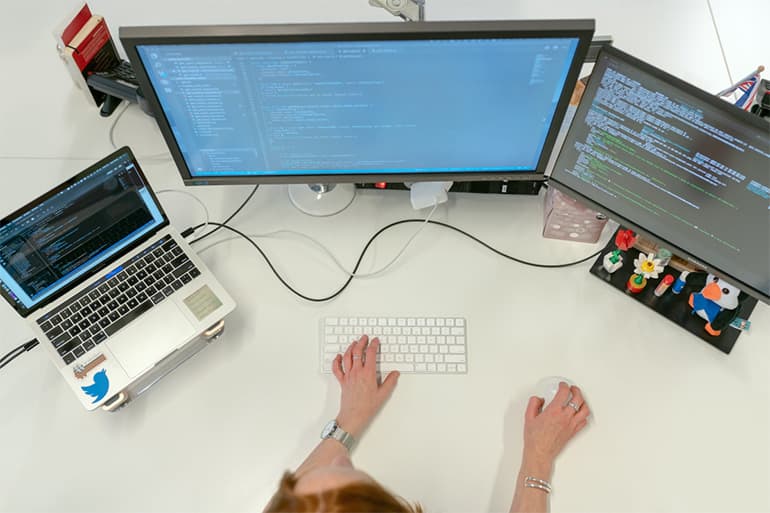1. Adapt to a different communication style
One of my favourite books is Erin Meyer’s The Culture Map. In it, she talks extensively about cultural differences impacting how business is done in low- and high-context societies.
In US work culture, communication is relatively low-context or straightforward, and negative feedback is delivered a bit more directly than in Southeast Asia. On the other hand, Southeast Asia’s culture leans towards being high-context, which may require you to read between the lines and deliver negative feedback more indirectly.
In my experience in the region, I’ve learned that when giving feedback to peers or reports, I get a better response if I offer it in a one-on-one setting rather than during a group meeting. In terms of communication style, I’ve observed that Southeast Asians might not always feel comfortable speaking their honest opinion in a high-stakes group setting, so I try to follow up in more relaxed, private settings to hear their true feelings on a subject.
2. Get comfortable with WhatsApp
Coming to Southeast Asia, it was a little bit of a culture shock when I learned just how extensively people use WhatsApp (and other messaging apps like Viber) to communicate for work.
I rarely use email while working in Singapore except for occasional customer correspondence. This is very different from my experience in the US, where we relied heavily on email communication for doing business.
3. Get plugged into communities
If you’re someone new to the region and unfamiliar with the Southeast Asian market, I’d recommend getting plugged into various local tech communities – including founder communities like Tech in Asia School and angel investor communities like Hustle Fund’s Angel Squad.
Many investors and business people who have been operating in the region are extremely generous about sharing their knowledge and connections. If you find someone’s background is interesting and want to chat, don’t hesitate to reach out to them via LinkedIn or other networks. You miss 100% of the shots you don’t take.
4. Explain the “Why” behind best practices
Coming from the US, you might have specific knowledge of best practices that haven’t been adopted yet in SEA due to lack of exposure or market readiness. If you are trying to implement certain best practices, make sure to explain the reasons as to why they should be applied.
Don’t assume your team members are familiar with these practices, and communicate your thought process to avoid any potential misunderstandings. They might also be able to give useful feedback on why these best practices might or might not be successful in local markets.
This holds true even if you are not a team leader or manager, because you might still be in a position to influence and share your knowledge with your peers.
5. Learn to adapt to regional working models
The tech scenes in the US and Southeast Asia differ significantly in terms of working models. When I worked at a US-based headquarters, there was a large focus on American customers. We would interact with our global office counterparts every few weeks or months and make an occasional trip to other global offices perhaps once a year.
In Southeast Asia however, tech companies often move to rapidly establish a presence across multiple countries. As a tech worker in Singapore, you can expect to work with teams across the region – from Vietnam or the Philippines – on a daily or weekly basis. You will need to be open to receiving input from local teams when trying to understand the needs of their market or customers.
Addressing common concerns











